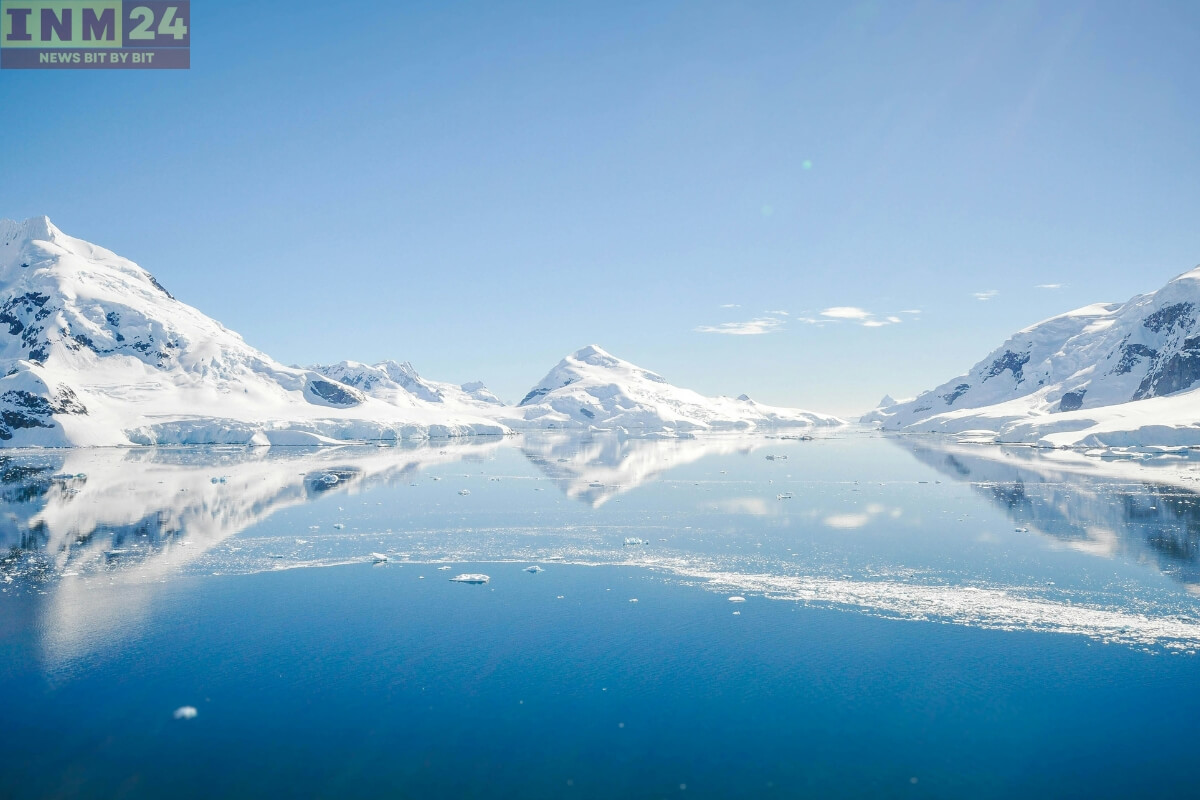In a groundbreaking study, scientists have uncovered crucial insights into the melting of Antarctica’s “Doomsday Glacier,” shedding light on its origin and the factors driving its rapid retreat. The findings, published in a prestigious scientific journal, offer valuable clues to understanding the dynamics of ice loss in Antarctica and its implications for global sea-level rise.
Concerns Surrounding Antarctica’s Thwaites Glacier
The “Doomsday Glacier,” officially known as the Thwaites Glacier, has long been a source of concern for scientists due to its vast size and potential to contribute significantly to sea-level rise. Located in West Antarctica, this massive glacier holds enough ice to raise global sea levels by several feet if it were to collapse entirely.
The recent study focused on unraveling the mysteries surrounding the Thwaites Glacier’s melting, seeking to identify the underlying mechanisms driving its rapid retreat. Using a combination of satellite observations, ice-penetrating radar, and computer modeling, researchers were able to reconstruct the glacier’s history and analyze its behavior over time.
One of the key findings of the study is the role of warm ocean currents in undermining the stability of the Thwaites Glacier. Scientists discovered that warm water from the deep ocean is penetrating beneath the glacier’s floating ice shelf, causing it to melt from below. This process, known as “marine ice-cliff instability,” weakens the glacier’s structural integrity and accelerates its disintegration.
Furthermore, researchers identified a feedback mechanism that exacerbates the melting of the Thwaites Glacier. As the glacier retreats and its grounding line—a critical boundary where the ice meets the ocean—recedes inland, it exposes more of its vulnerable underside to warm ocean waters, leading to further melting and retreat.
Implications of the Study on Thwaites Glacier’s Future Behavior
The study’s findings have significant implications for understanding the future behavior of the Thwaites Glacier and its potential contribution to sea-level rise. By unraveling the complex interactions between the glacier, ocean, and atmosphere, scientists can better predict its future evolution and assess the risks posed by its continued retreat.
Moreover, the insights gained from studying the Thwaites Glacier have broader implications for understanding ice loss in Antarctica and its impact on global sea levels. As temperatures rise and ocean temperatures increase, other glaciers and ice shelves in Antarctica could undergo similar processes of destabilization, leading to accelerated ice loss and sea-level rise.
The discovery of the origin and trigger of Antarctica’s “Doomsday Glacier” melting represents a significant advancement in our understanding of the dynamics of ice loss in the polar regions. It underscores the urgent need for continued research and monitoring of Antarctica’s glaciers to assess their vulnerability and potential impact on global climate and sea levels. Armed with this knowledge, scientists and policymakers can better prepare for and mitigate the consequences of ongoing climate change.
